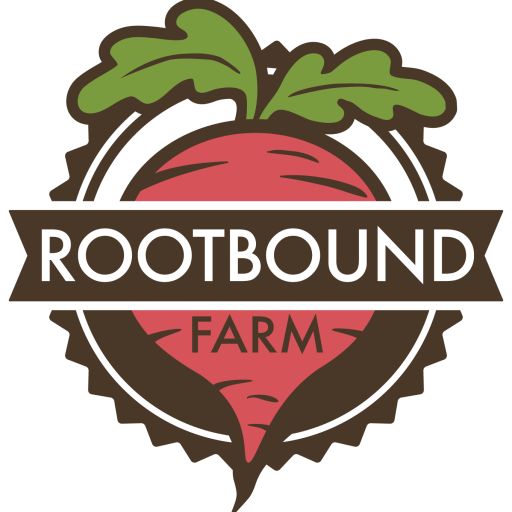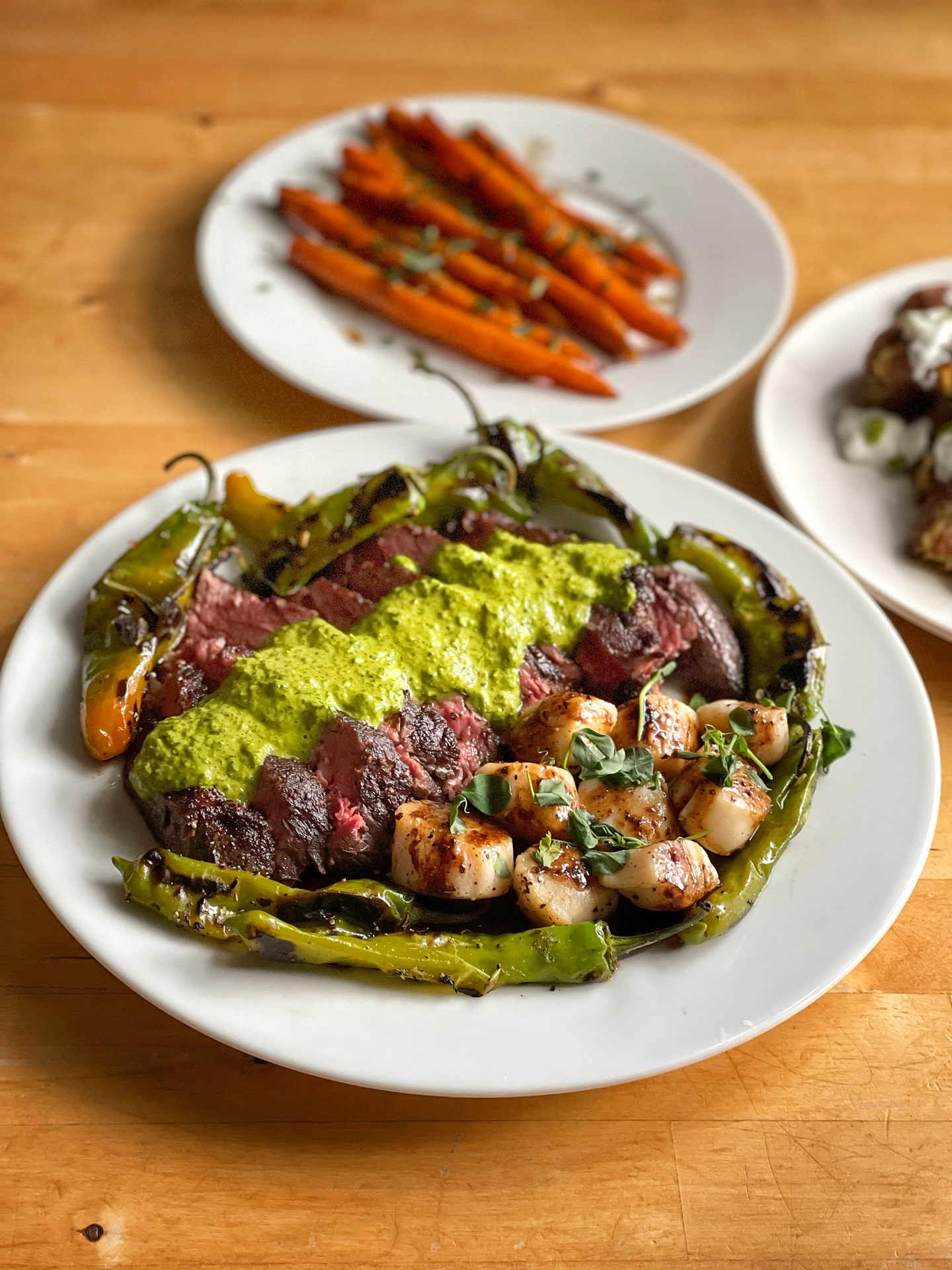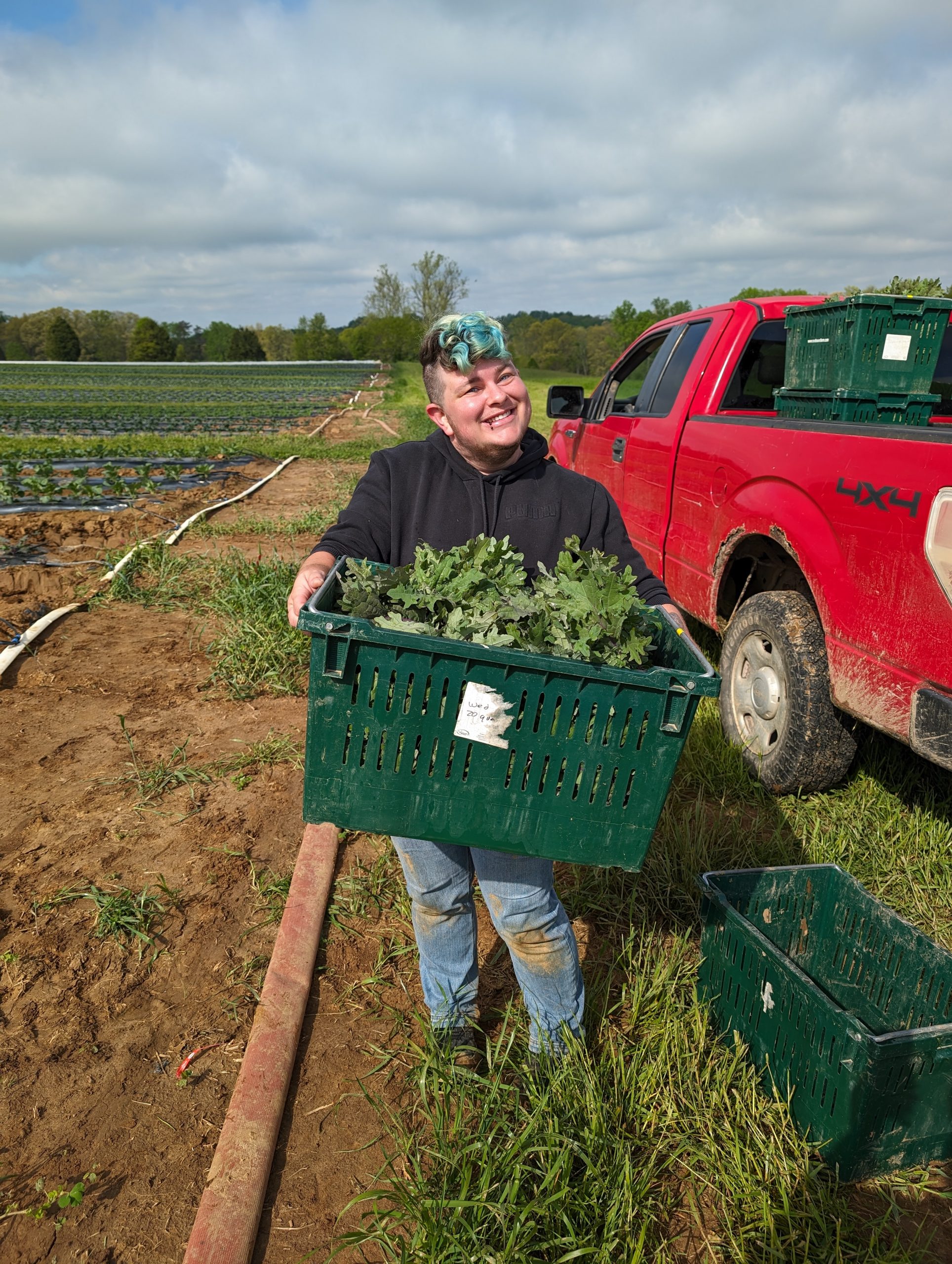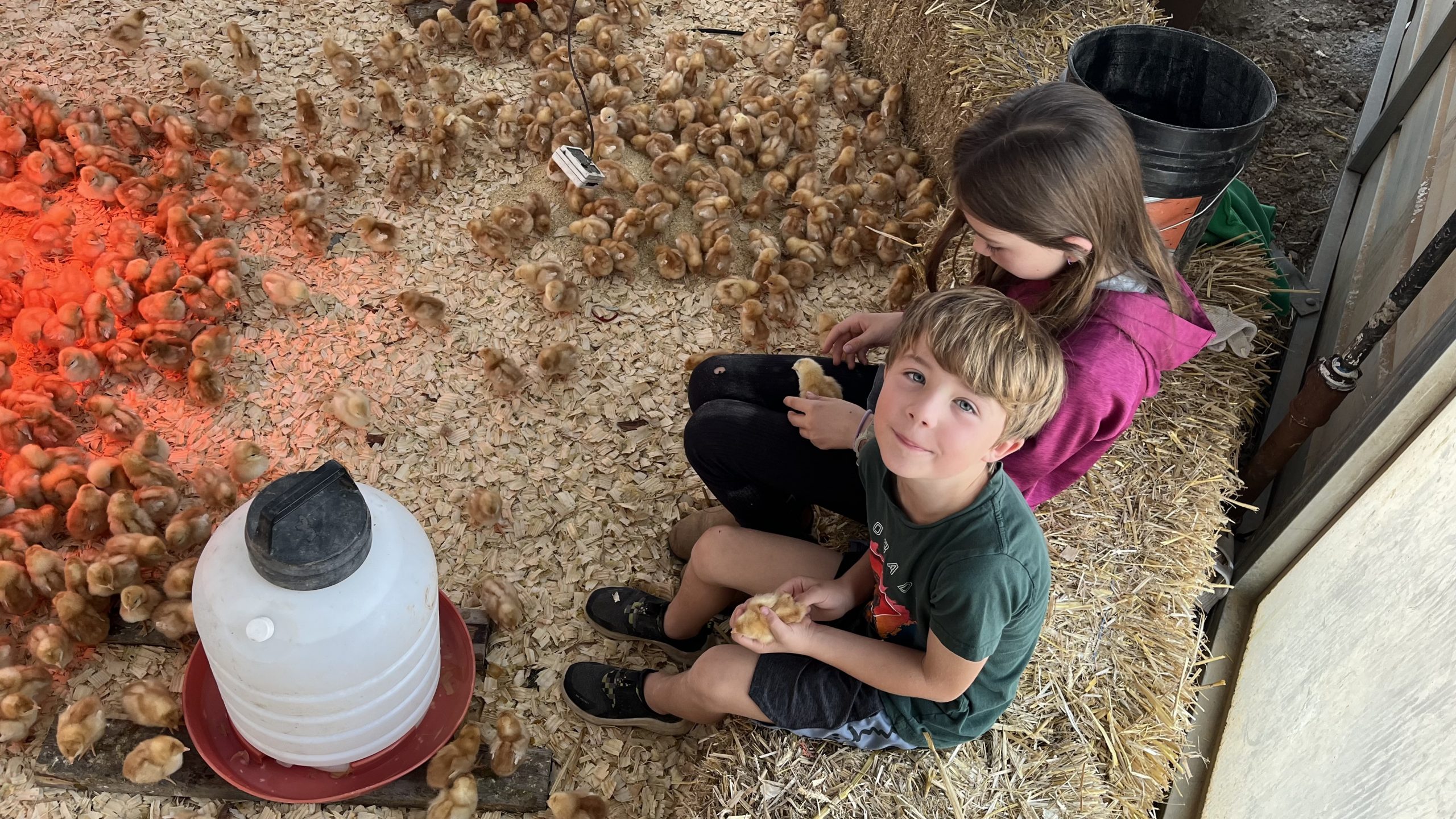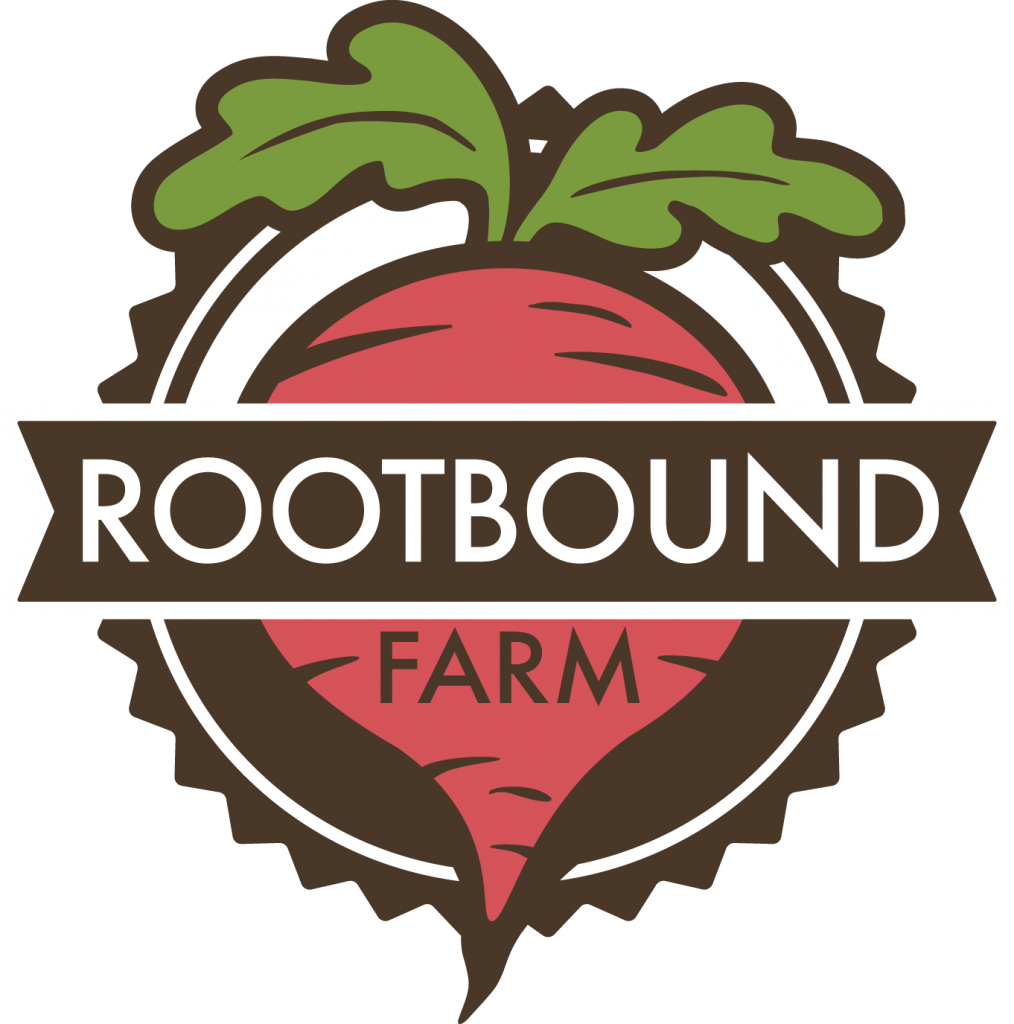LAMB RECIPES
I’ve been thinking about the idea of “Terroir” that is used in the fine wine world to describe the ways that unique regional differences (climate, soil, and elevation to name a few) show up in the expressions, flavors, and characteristics of wines. I hope you can lean into the “terroir” and unique flavors of this lamb which is really an incredible protein raised through its entire life cycle here on our farm – harnessing the magic of fresh air, sunshine, and our most remarkable regenerative resource – GRASS!
- Lamb Shoulder: The lamb shoulder in your box is referred to as a whole shoulder or “square-cut” shoulder and is taken from the forequarter of the lamb. If you are more familiar with cooking pork this cut is roughly equivalent to the butt, and benefits from many of the same cooking methods, i.e. braising, slow roasting, or smoking. Cooking the lamb shoulder low and slow gives ample time for the meat to become tender, for the fat to render, and for the connective tissue in the joints to melt away and add richness to the broth. When cooked properly the shoulder should be tender enough to pull apart, making it ideal for barbecue, or served with fixings and scooped up with tortillas, tacos, or pita. Important tips: Keep it covered! Wrapped (if on the grill/smoker) or tented (in the oven) with foil or with the lid on the dutch oven or braiser. Remove at the end to allow the meat to brown. Low and Slow! Most shoulder recipes should take a minimum of 3-5 hours to cook and generally at lower temps (275-325) for most of that time. Add Broth! Adding a cup or so of broth to your pot will keep the meat basted and aid in making it tender.
How to Slow Roast a Lamb Shoulder - Leg Steaks: These are such an approachable and delicious cut that I prefer to cook on the stovetop. It’s ready within minutes! The leg steaks are a lean cut so pay attention to cooking time for optimum tenderness- they are typically served medium/rare or medium. Pan Seared Thyme Leg Steaks
- Lamb Shanks: The lamb shanks included in your bundle are packaged two shanks per pack (one hind, one fore) and, though a humble cut, are perhaps the richest and most flavorful of all. Getting the flavor out requires simple preparation and patience. Cooking shanks quickly or on high heat will result in a very tough cut. Like the shoulder, shanks are best prepared cooked slowly at a very low temperature to give time for the collagen to break down and add depth and richness to the dish. Follow the same tips as with the shoulder (keep it covered, low and slow, and cook with a rich broth). Shanks are exceptional when braised with wine but you can also use beer like in the recipe below. Substitute any porter or stout you have handy, we’ve made variations on this with local West Sixth Cocoa Porter and it’s excellent! Jamie Oliver’s Beer Braised Lamb Shanks
- Ground Lamb is perhaps the most versatile way to enjoy lamb and can be featured simply (lamb burgers or meatballs) or add flavor to more complex dishes (shepherd’s pie, bolognese). Our ground lamb is taken primarily from the sirloin area of the lamb leg and is rich and flavorful. At our house we use ground lamb many of the ways folks may use ground beef, in pasta sauce, for stuffed bell peppers, and quickly browned with onions and spices for some burritos or tacos. Ground lamb can be considered by some to be more strongly flavored and as such is great to carry a heavier amount of spicing than you may be used to doing with ground beef. Mediterranean Lamb Burgers
Rosemary Garlic Ground Lamb and Potatoes
- Lamb Chorizo: Chorizo is a Mexican-spiced sausage that goes great with any taco/burrito dish. Depending on your preference, the chorizo can be removed from the casing by slicing it open with a knife and scooping it out to use as a spoiled ground product, or the links can be enjoyed whole more like a bratwurst. Egg and chorizo wraps
